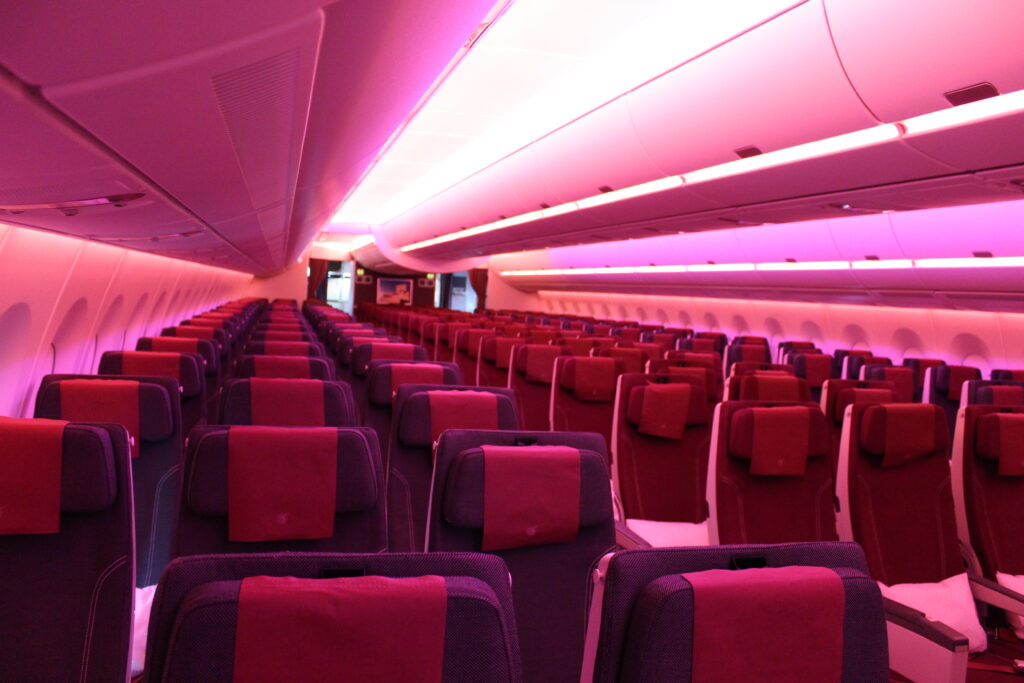The world cannot afford another mass shutdown of air travel again. We can argue the pros and cons of that initial reaction, and certainly understand the thought process behind it. But the truth is that we cannot do this again. Like other common viruses, we have to learn to mitigate it as best we can and leverage technology to make air travel safer.
Defining The Risk
So, what is the risk? Well, as we know, in past generations epidemics were often limited to specific regions where they would obliterate the population. However, these stayed in a relatively small location because of the lack of human movement.
Air travel adds a different dimension to this. Even in the days of ocean travel, crossing the Atlantic would take many months so an outbreak was largely played out by the time the ship reached its destination. But an airliner transports a carrier of a virus to anywhere in the world in a few short hours. It is an unfortunate side effect of progress.
Our challenge is to continue air travel (which is the safest mode of transportation by a wide margin) while mitigating the impact of viruses on air travel.
Mitigation Measures
So, what can we do to mitigate a virus in the cabin?
There are three basic ideas of how to best address viral transmission in an aircraft: physical separation of passengers, managing air quality, and the use of antiviral materials in the composition of seats.
Physical Separations
The most basic idea for viral control is to prevent the transmission of contaminated air particles between people. That process could be as easy as mounting shields or guards to block spray from coughing or sneezing. Beyond the potential transmission reduction of an active virus, it provides peace of mind. Nobody wants to be coughed on or sneezed on.
Some companies have already rolled out this concept, so we’ll have to see if it is viable or not. Overall, the impact that Plexiglas shields in markets and stores had on viral transmission was negligible, but cough spray is gross so it might be worth it to give these a try.
Air Management
Managing and controlling air quality and airflow patterns is a concept that is gaining traction in the industry. Pexco Aerospace has invented the Airshield, a system designed to alter the airflow patterns in airliners.
The idea is simple: redirect the HEPA-purified air from the aircraft’s air filtration system to create an air-barrier around each passenger. It’s simple, it’s cheap, and it looks like it could be effective. FAA certification is expected in October of 2022, so we’ll see where this concept takes us in the fight against viral transmission on airliners.
Antiviral Fabrics
The fabric used on airliner seats is a critical component of our efforts to reduce the transmission of viruses in air travel. Thankfully, there are materials made for the specific purpose of destroying harmful microorganisms. Replin Fabric Anti-Viral (RFAV) is a material impregnated with silver to enhance fabric with antimicrobial properties. On contact with harmful microorganisms, RFAV blocks the spread of oxygen-transporting enzymes, crushes disulphide bonds to impair their growth, and locks the cell membrane to rupture the surface of the organism. This all works to prevent germs from growing within the fabric and being transmitted to living beings.

